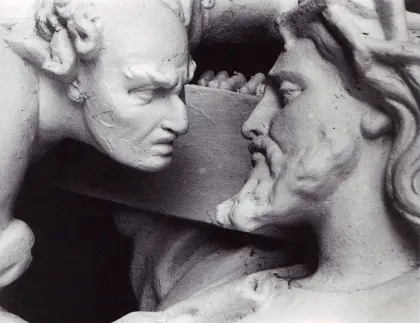The Prophecy of Micah, Part 2
The Prophecy of Micah, Part 2
In Micah chapter 1, we saw that the prophet had been chastising Israel for their sins, among which were their intercourse with other nations and their oppression of the poor of their people. We saw parallel prophecies in the writings of the contemporary prophets Isaiah, Hosea and Amos, all of whom were announcing different aspects of the same basic messages. By the many different ways in which their prophecies corroborate one another, as well as by all of the clear fulfillments of these prophecies, we see that these men were truly prophets of God, while at the same time there were many false prophets among the people whose works have not endured. We shall see more of that here in Micah chapters 2 and 3.
Furthermore, in the opening chapter of Micah the prophet uttered oracles against Israel and Samaria and against certain cities of Judah, and then he warned that the judgment of God would come “unto the gate of Jerusalem.” It may be ascertained from the historical portions of Scripture, and from history itself, that the Assyrians who were about to invade Israel in fulfillment of these oracles would indeed take captive all but some small scattered remnants of the Northern kingdom of Israel, and also much of Judah – especially those northern towns of Judah which Micah explicitly mentioned – but that the Assyrians would indeed be stopped at the gate of the Jerusalem, and not take the city itself. Most notable, however, is that the names of the towns of Judah which Micah prophesied against also have meanings, and an understanding of those meanings adds a much greater depth to his message, because they are pertinent to the purpose of his prophecy. Here we shall repeat this portion of Micah chapter 1, from verses 10 through 15, and offer some interpretation. However we will not repeat many of the things which we offered from the Septuagint in our full presentation, although they should not be ignored if one truly wants to study the prophecy in depth:








 Please click here for our mailing list sign-up page.
Please click here for our mailing list sign-up page.







